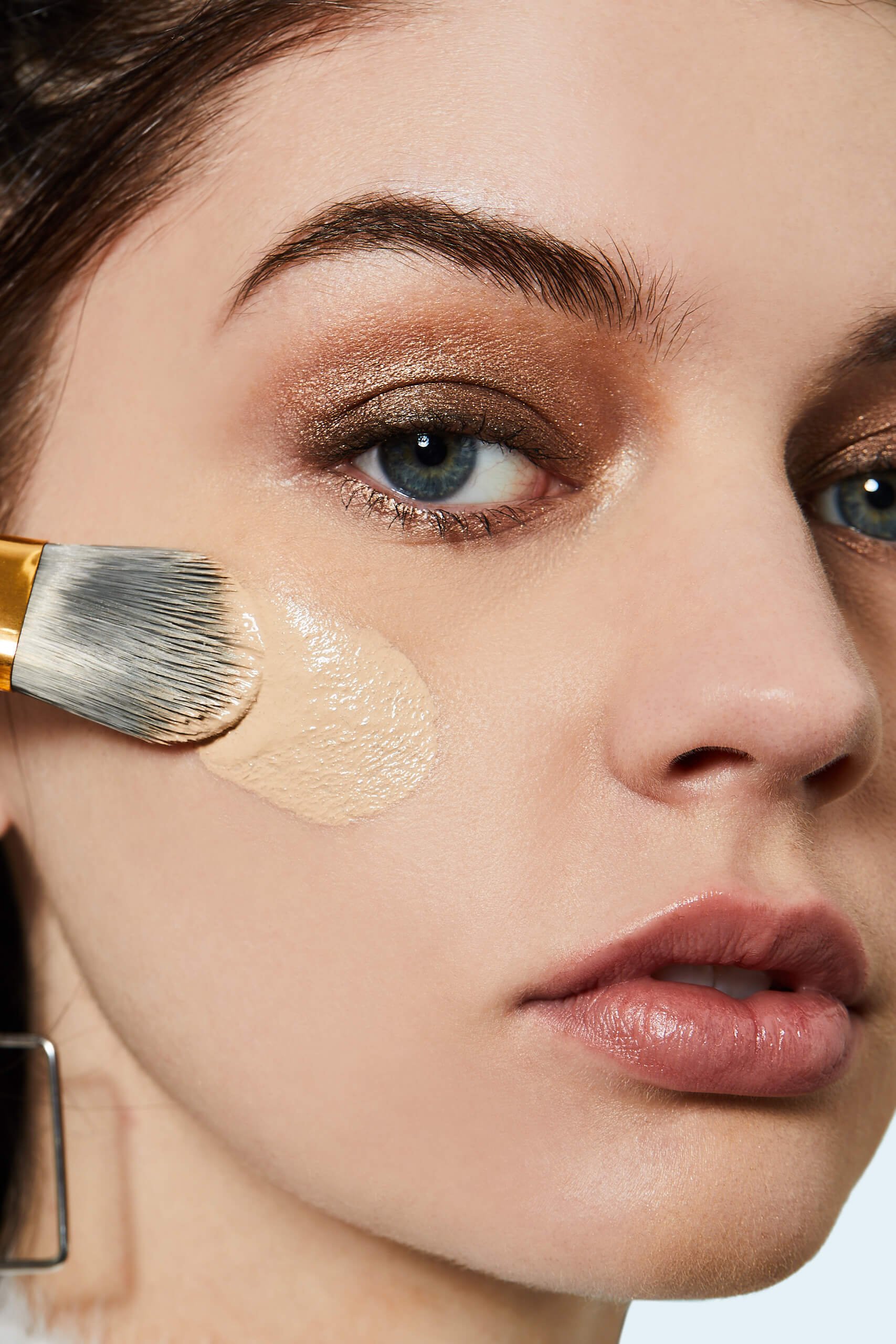What The FDA?! The Case For Greater Beauty Industry Regulation
*Article from Lexington Line's Autumn/Winter 2022 Issue, pages 18-20
Check out the full issue here
When it comes to clean beauty, the United States falls flat compared to other major markets. There are many known carcinogens that are allowed in U.S. beauty products, including formaldehyde, paraformaldehyde, and mercury.
These harmful chemicals are banned by the European Union and many other nations, which poses the question: Why does the Food and Drug Administration allow these chemicals in our beauty products?
There have been hundreds of claims made by women facing major health issues due to the lack of regulation of cosmetic ingredients and chemicals.
On average, a woman uses about 12 beauty products daily containing about 168 unique ingredients total, whereas men only use about six different products, according to a 2013 study by the Environmental Working Group.
In their study, researchers concluded that these products have been linked to a vast array of health concerns including cancer, hormonal imbalances, and infertility.
Last October, LÓreal faced major backlash when a woman claimed a chemical hair straightening product led to her cancer diagnosis.
Jenny Mitchell, a 32-year-old woman from Missouri, made the claim that her uterine cancer diagnosis “was directly and proximately caused by her regular and prolonged exposure to phthalates and other endocrine disrupting chemicals found in the Defendants’ hair care products.”
Mitchell has been battling the disease since August 2018 and underwent a full hysterectomy in September of that same year. Mitchell feels her dreams of becoming a mother were stripped from her and claims that she has no history of cancer in her family.
With little to no regulation by the Food and Drug Administration, companies can put just about anything in their products, regardless of what long-term effects they may pose for women's health.
This practice dates all the way back to 1938 when the Cosmetic Act was passed. According to The Journal of Health and Biomedical Law from Suffolk University, the act does not require the FDA to recall ingredients that are potentially dangerous or even monitor those used in certain products.
In 2020, the National Woman's Health Network (NWHN) conducted a study to determine the risks of using talc-based powder. Studies have shown that asbestos is commonly found in talcum-based cosmetic products despite the fact that it is a known carcinogen and has been directly linked to cervical and ovarian cancer.
Research by the American Cancer Society has suggested a possible link between talcum powder and cancer; those who reported prolonged usage, especially around the genital area, have a small but increased risk of ovarian cancer.
Due to the lack of government oversight, companies do not need to disclose dangerous chemicals on the product label and just call them “fragrances”, which inherently leaves consumers in the dark about what is actually in those products.
This loophole allows fragrances to often include a myriad of various harmful chemicals that are not being regulated. A lot of these mystery chemicals are classified as phthalates, a class of chemicals that are commonly found in personal care products, according to the NWHN.
These same phthalates are also used to create plastics, so the same chemicals that go into making children's toys are also in your night cream.
These “fragrances” are contributing to an abundance of women's health issues. Without a call to action, American women's lives will be greatly impacted. NWHN research shows that cosmetologists are at greater risk due to constant exposure to these chemicals.
Try these clean beauty brands
Source: Maed
The U.S. Bureau of Labor Statistics estimates that there are roughly 1.2 million people employed in the cosmetology industry. 95 percent of those people are hairdressers, and 85 percent of other personal appearance workers, such as nail technicians and estheticians, are women. This allows them to be more vulnerable to a greater risk of health problems such as various types of cancer, reproductive disorders, neurological disorders, and even birth defects.
In recent years, fear of these chemicals has made clean beauty a roaring trend. If the United States FDA does not work to ban some of these chemicals, within the next few years, they will start to see a large decrease in sales as consumers start to outsource their purchasing to foreign markets.




